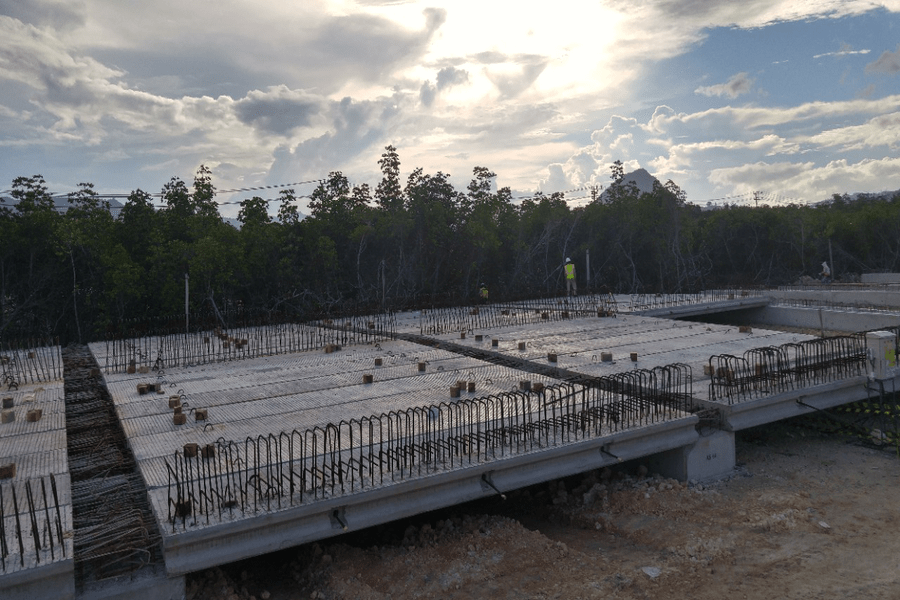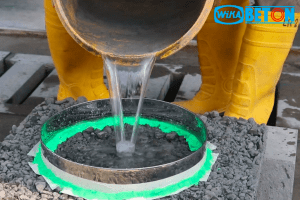Saat ini, kebutuhan akan gedung bertingkat baik untuk perkantoran maupun hunian di Indonesia terus meningkat. Selain untuk kepentingan bisnis di area-area sentral, pembangunan vertikal untuk tempat tinggal menjadi salah satu pilihan dan solusi bagi masyarakat di perkotaan dengan lahan terbatas di lokasi strategis. Untuk memenuhi kebutuhan ini, maka muncul tuntutan akan proses pembangunan konstruksi yang relatif singkat dengan tetap memperhatikan kualitas dan kekuatan bangunan.
Dalam memenuhi standar kualifikasi tersebut, penggunaan beton pracetak menjadi pilihan yang tepat karena dapat lebih menghemat waktu jika dibandingkan dengan beton cor atau konvensional.
Di bidang konstruksi bangunan, beton pracetak yang umum digunakan adalah slab atau pelat. Slab banyak digunakan untuk memperkuat struktur yang ada, baik sebagai lantai bangunan, atap gedung, lantai jembatan maupun lantai pada dermaga yang berfungsi untuk menyalurkan beban mati maupun hidup ke rangka pendukung sehingga menambah kekakuan bangunan.
Penggunaan beton pracetak pada bangunan menjadi solusi praktis karena prosesnya yang relatif singkat namun tetap mempertahankan kualitas. Salah satu produk beton pracetak yang dimiliki WIKA Beton adalah lantai precast yang dirancang untuk menjawab kebutuhan pembangunan di Indonesia yang tahan gempa.
Slab terdiri dari berbagai jenis. Slab yang paling umum digunakan adalah Concrete Slab dan Hollow Core Slab (HCS).
Concrete Slab
Concrete slab merupakan elemen struktural dengan permukaan yang datar dan terbuat dari beton cor. Biasanya concrete slab digunakan untuk membangun lantai dan langit-langit suatu gedung.
Hollow Core Slab
Hollow Core Slab merupakan salah satu jenis Concrete Slab yang biasanya digunakan dalam konstruksi lantai di gedung bertingkat. HCS WIKA Beton memiliki keunggulan mampu untuk bentang panjang, sehingga modul plat bangunan cukup lebar.
Tidak hanya dibedakan dari jenis dan fungsinya saja, slab juga terbagi menjadi dua struktur yang berbeda, yaitu half slab dan full slab. Half slab precast merupakan sistem pelat lantai yang menggunakan dua metode berbeda pada pelatnya. Pada bagian bawah pelat menggunakan beton pracetak, sementara itu pada bagian atas pelat dilakukan pengecoran konvensional di lokasi proyek. Sedangkan Full slab precast adalah sistem pembuatan plat dengan metode seratus persen pracetak. Beton dicetak terlebih dahulu kemudian dipasang di lokasi proyek.





